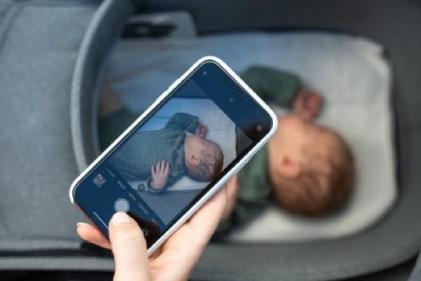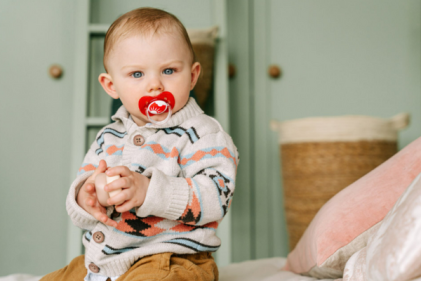When your baby reaches six months of age you will need to schedule a comprehensive eye exam. The optometrist will examine the family’s vision history. Using a penlight she will examine the outside of your baby’s eyes, including the eyelids and the eyeball, looking for discharge and other signs of infection, allergy, or blocked tear ducts. She will check the position of your baby’s eyes, lids, and lashes.
The optometrist will check your baby’s eye movement by watching his ability to fix on an object and follow it as she moves it into different positions. Each eye will be tested and then both eyes together.
To test your baby’s vision, she’ll watch how he follows an object with one eye and then with the other, covering one eye at a time. If your baby follows the object with one eye but not with the other, it’s a sign the vision is worse in that eye.
The optometrist will also observe the refraction of light to the back of the eyes. In a darkened room (to make the eyes dilate) she’ll use a lighted instrument called an ophthalmoscope to look for a red reflex in each eye and then both eyes together. This test will rule out eye diseases like cataracts.
The optometrist will test the eyes for visual acuity, excessive or unequal amounts of nearsightedness, farsightedness, and astigmatism. She will evaluate eye alignment, and examine how the eyes work together as a team. The general health of your baby’s eyes will be assessed as well. Problems are not common but it is vital to identify issues if there are any as early as possible. Vision problems, like amblyopia are easier to correct if they are detected early.




